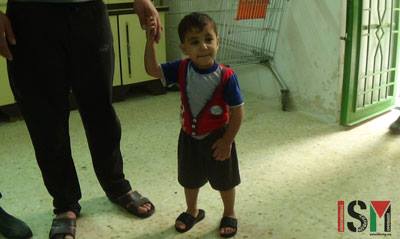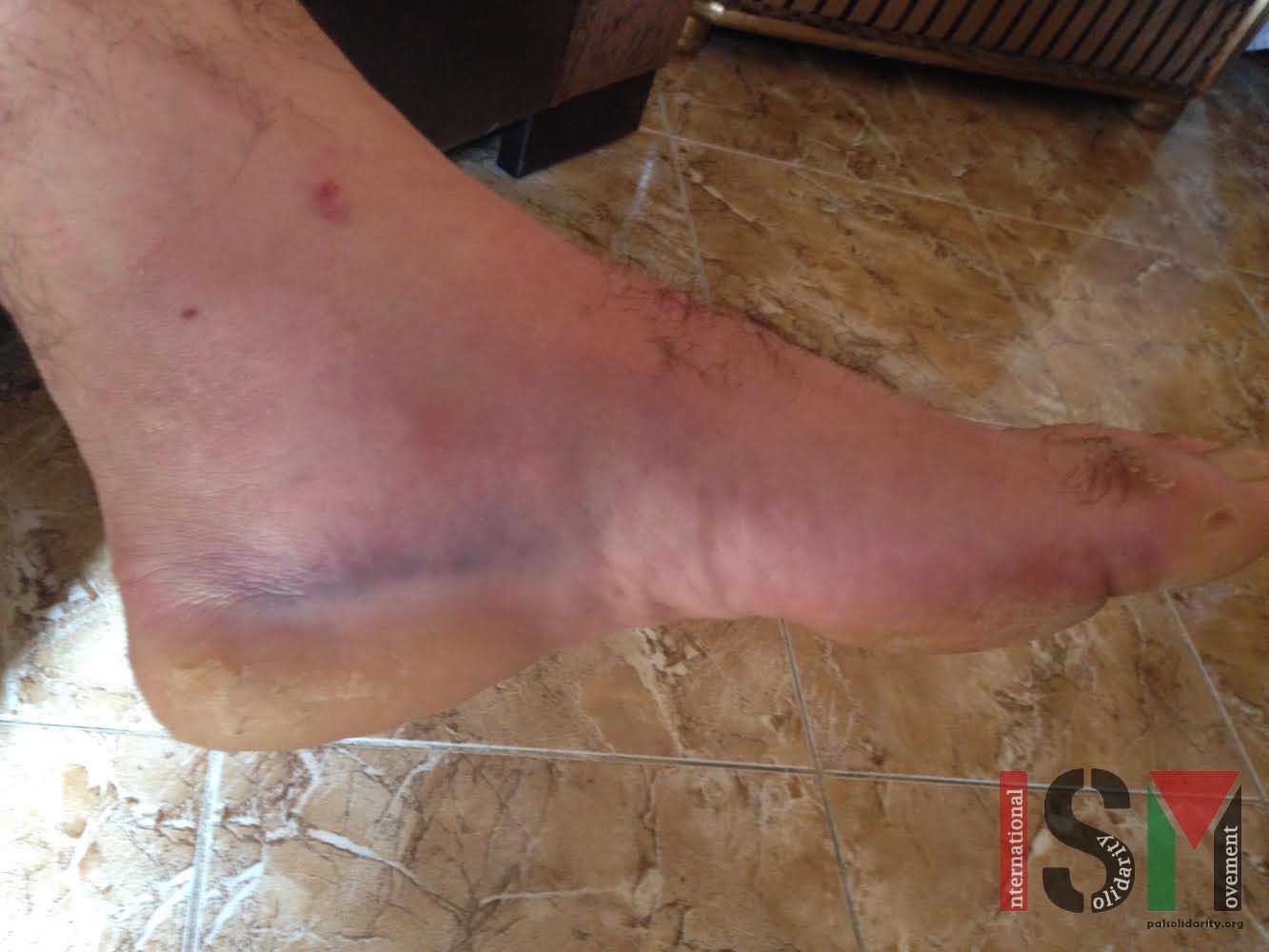-
Israeli forces arrest disabled Palestinian man
9th October 2014 | International Solidarity Movement, Khalil team | Hebron, Occupied Palestine Yesterday at approximately 10 PM in the Qeitun region of Al-Khalil (Hebron), a group of 6 Israeli soldiers accused 14-year-old Amjad Taha of throwing fire crackers at them outside of his home. Amjad’s cousin, Muhammad Taha (17 years-old), was standing close by with his 2-year-old […]
-
Palestinian family attacked by settlers while harvesting olives
10th October 2014 | International Solidarity Movement, Nablus Team | Burin, Occupied Palestine Tuesday afternoon, the 7th of October, olive farmer Mahmoud Rga Mahoud Aid, his wife, and thei three children were attacked by a a group of settlers from the illegal settlement of Giv’at Ya’akov. The attack took place on the family´s land near the village of Burin, south […]
-
21 Palestinians arrested in Qarawat Banea Hassan since July
4th October 2014 | International Solidarity Movement, Nablus Team | Qarawat Banea Hassan, Occupied Palestine On the 30th of September, six young men from the village of Qarawat Banea Hassan, south of Nablus, were arrested by the Israeli military. At 1am, five jeeps with around 20 solders surrounded the village looking for Jema Kanan (23-years old), Jema Rayan (22-years […]
Action Alert An Nabi Saleh Apartheid Wall Arrests BDS Bethlehem Bil'in Cast Lead Demonstration Denial of Entry Ethnic Cleansing Farmers Gaza Global Actions Hebron House Demolition International law Israeli Army Jerusalem Live Ammunition Nablus Ni'lin Prisoner Ramallah Rubber-coated steel bullets Settlement Settlers Settler violence Tear-Gas Canister Video



